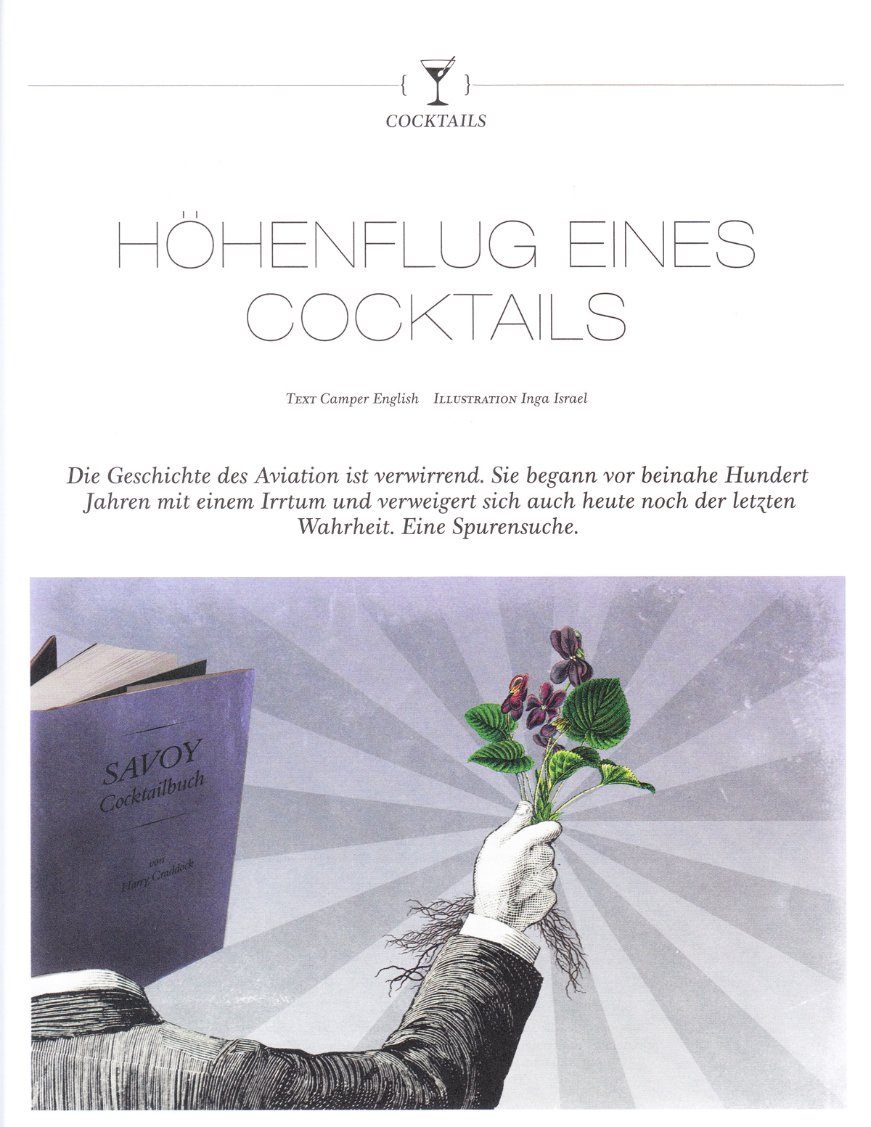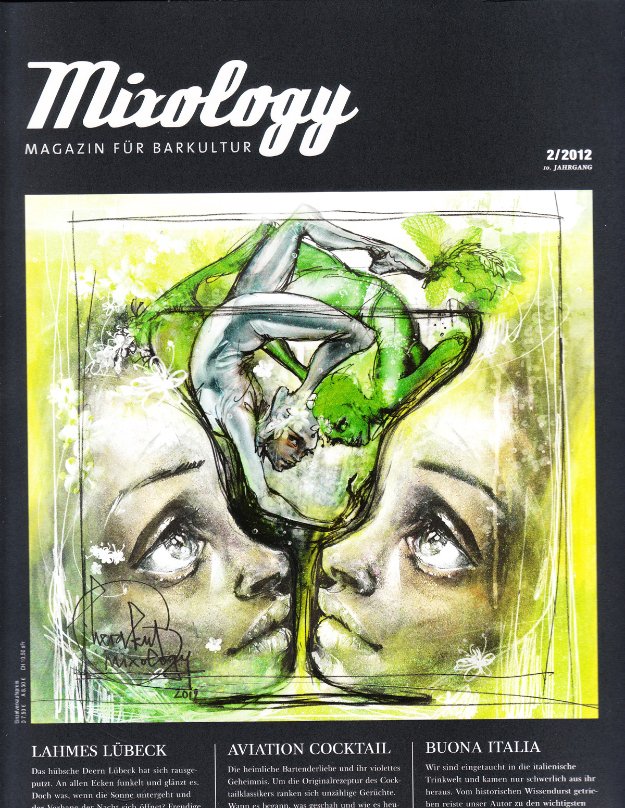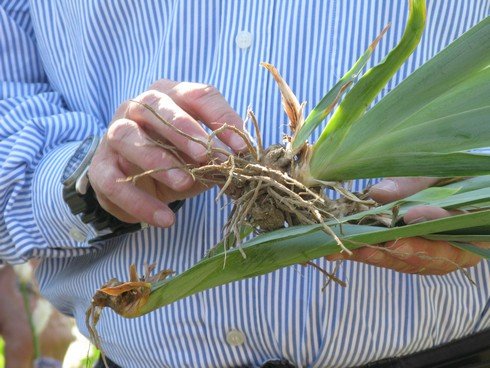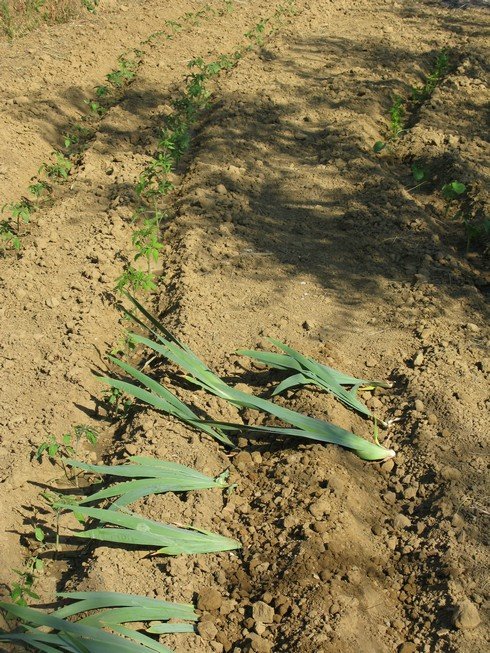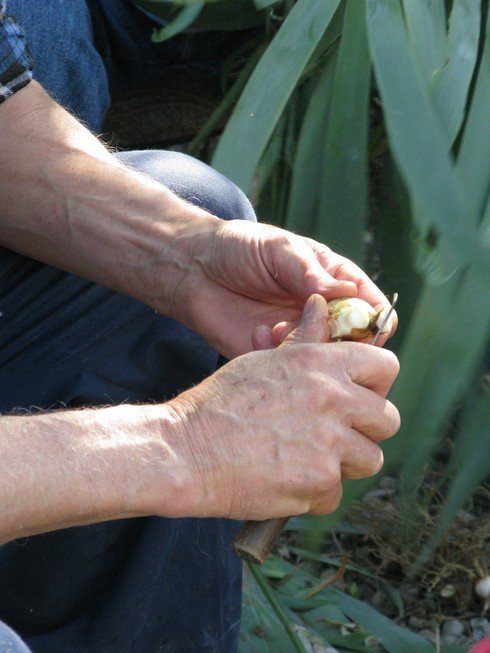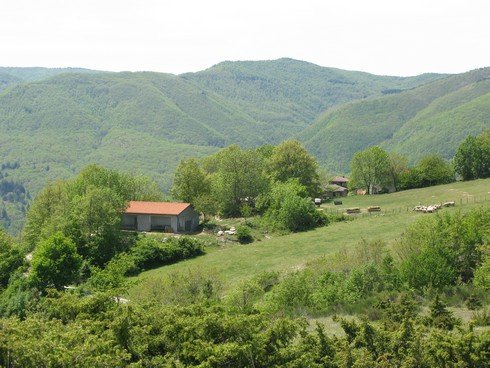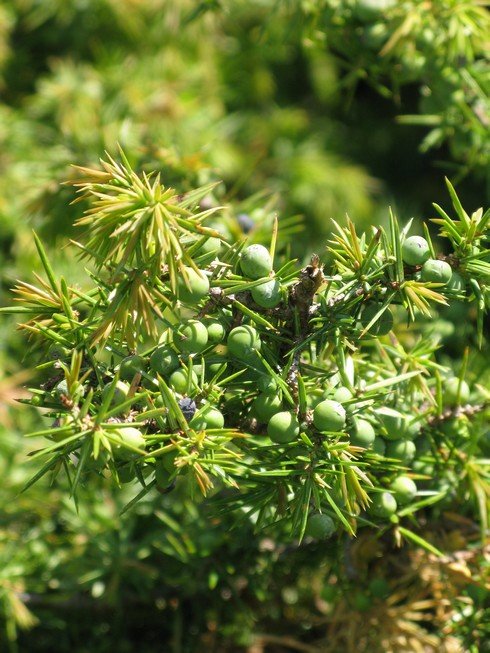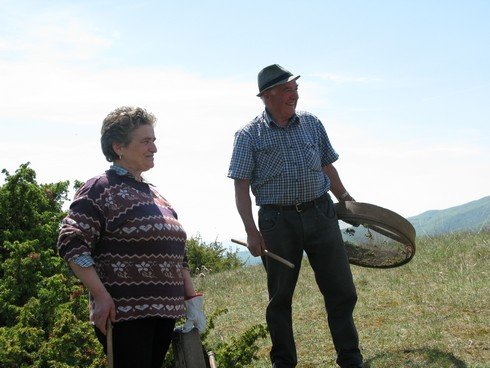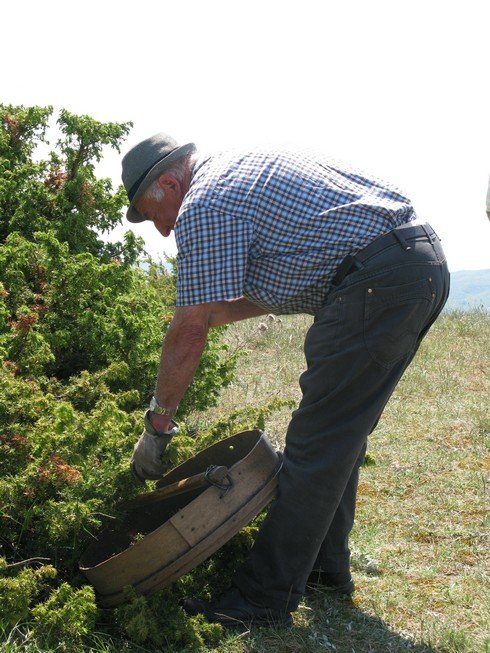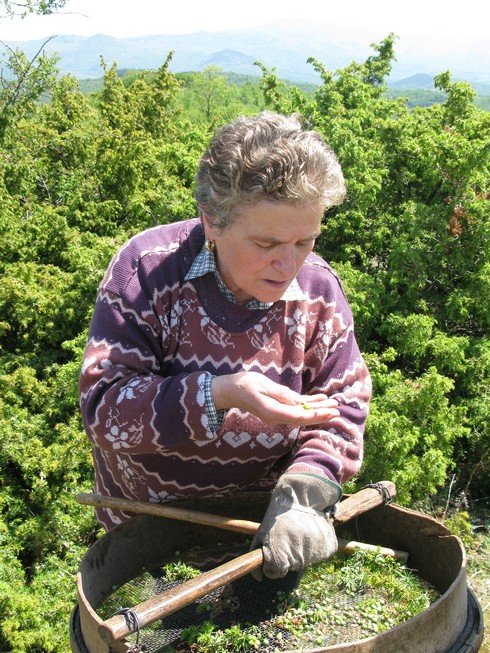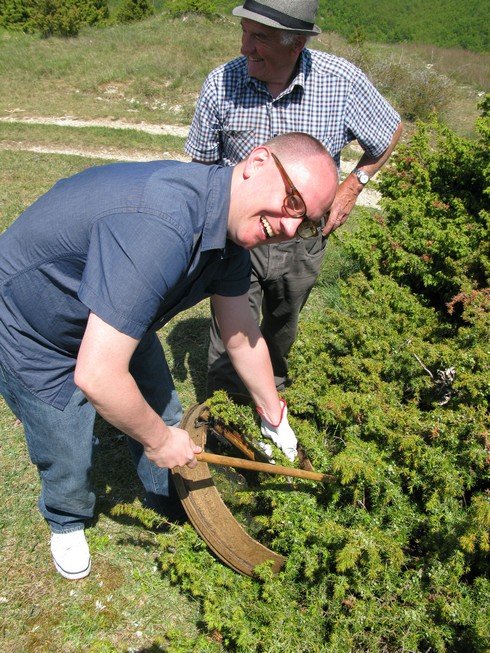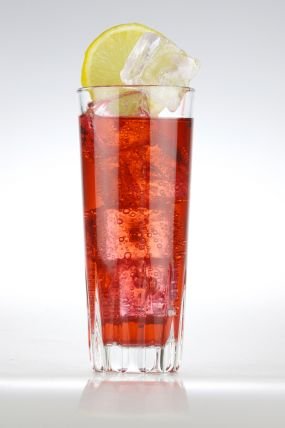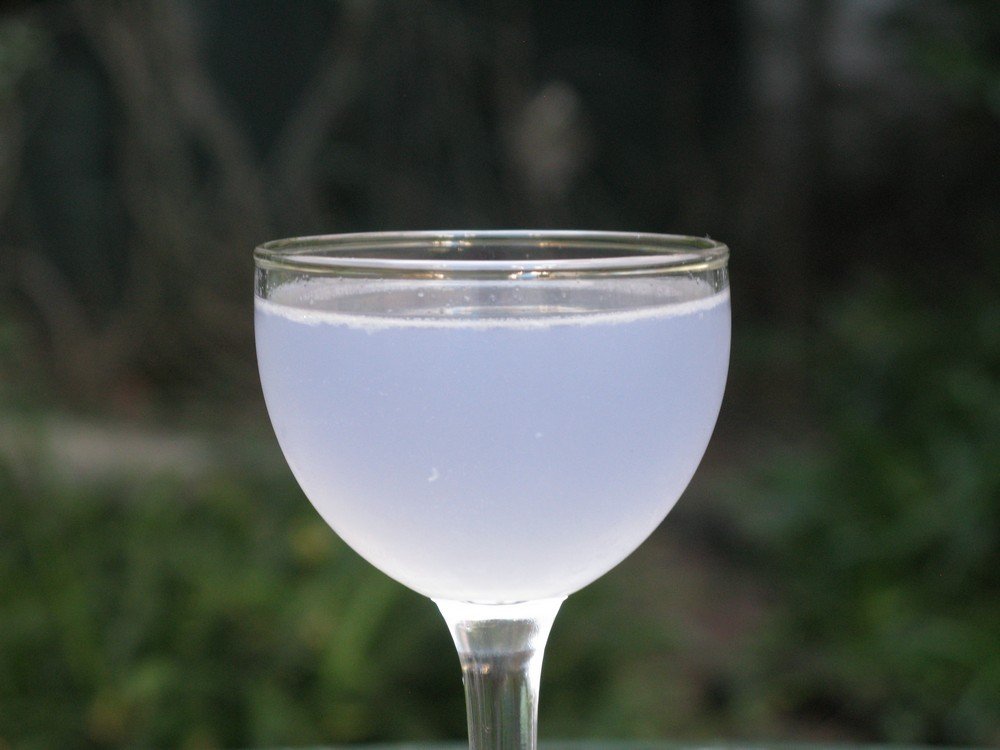A few months back I attended a seminar hosted by Plymouth and Beefeater gins. This was held on the same day the new EU definition of London gin became law.
The law sets down three categories of gin by production method- not by flavor. They are:
Gin- Can be basically vodka with flavors added at bottling time.
Distilled Gin – Flavors are distilled with the neutral spirit, then additional flavors may be added after distillation.
London Gin – Flavors (must be natural, not artificial) are distilled with the neutral spirit, then nothing may be added after distillation except more neutral spirit and water and a tiny amount of sweetener. You will notice that it does not need to be distilled in London.
The full definitions are here.
I was confused about one point after the seminar so I thought I'd clear it up here. Gins like Hendrick's and Martin Miller's are not London gins because they add flavors after distillation (so they are distilled gins). Gins like Bombay Sapphire that are made in Carterhead stills (and meeting all the other requirements) are London gins, though they are made a little differently than gins like Beefeater and Plymouth.
In the Carterhead still, botanicals can be placed in the vapor stream of the still instead of (or in addition to) putting them in the pot and infusing them in the neutral spirit. This adds a lighter touch of the botanicals to the gin. Initially I thought this disqualified gins distilled in this method from being labeled London gins. (I was thinking that if the botanicals were not in the pot, it was considered post-distillation.) But that's not true. I guess if it's all contained within the still set-up it's not considered post-distillation.
In the end, there are good and interesting gins in each category, and the categories don't account for flavor. Increasingly people are referring to gins as traditional vs. "new west" in style; boldly juniper-forward in flavor versus lighter in style with non-traditional flavorings and usually less dominated by juniper. So perhaps a gin officially labeled as a London gin can also be "new west" in flavor.
